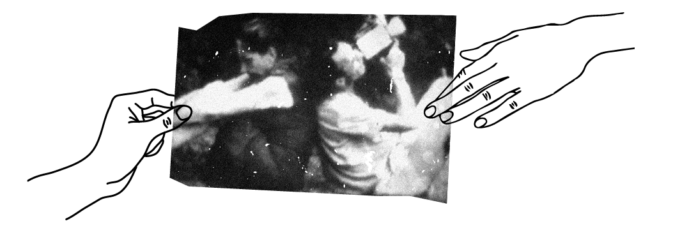
OBJECTIVES
Despite the apparent enrichment of global and local media spheres and the protraction of the long “pictorial turn,” there is a palpable crisis of representation both in Hungary and globally. The Research Centre for Minor Media/Culture has a range of objectives concerning the crisis and researching possible responses to it. We aim to strengthen and develop education relevant to a democratic media space on the BA, MA, and PhD levels. We would like to build on the experiences of the Roma Visual Lab, which has operated since 2011 in the Research Centre for Minor Media/Culture, to have innovative, unconventional pedagogical methods at our disposal. Taking heed of Jacques Ranciére’s ideas about the emancipated viewer, we foreground the dramatic aspects of pedagogy and active interpretation instead of the optical illusion. We are convinced that the creation of a democratic media image filled with emancipatory energy and the critical analysis of any image within a community is always a function of democratic attitudes, which includes a disposition of solidarity and sensible doubt. Our goal of democratic pedagogy also drives our research in a similar spirit. Members of the Research Centre for Minor Media/Culture use up-to-date media research methods in their interpretations of the “conditions of visibility” in past and contemporary media, which are always created by the powers that be as a seemingly natural order. The research center primarily adopts a postcolonial studies approach to exploring critical visual traditions and past and contemporary tendencies of critiquing images and examines them within the framework of media archeological research and communal image events. In addition, it strives to uphold the achievements of minority images resulting from counterhegemonic and subversive activities. We have borrowed the concepts of minority, or rather minor image/media/culture from Deleuze and Guattari’s theory of minor literatures (littérature mineure) developed on the basis of Kafka. The meaning of a minority image is not limited to the image of minorities; in fact, what it primarily means is rather applying a minority perspective in the critique of naturalized images embedded in a power hierarchy.
